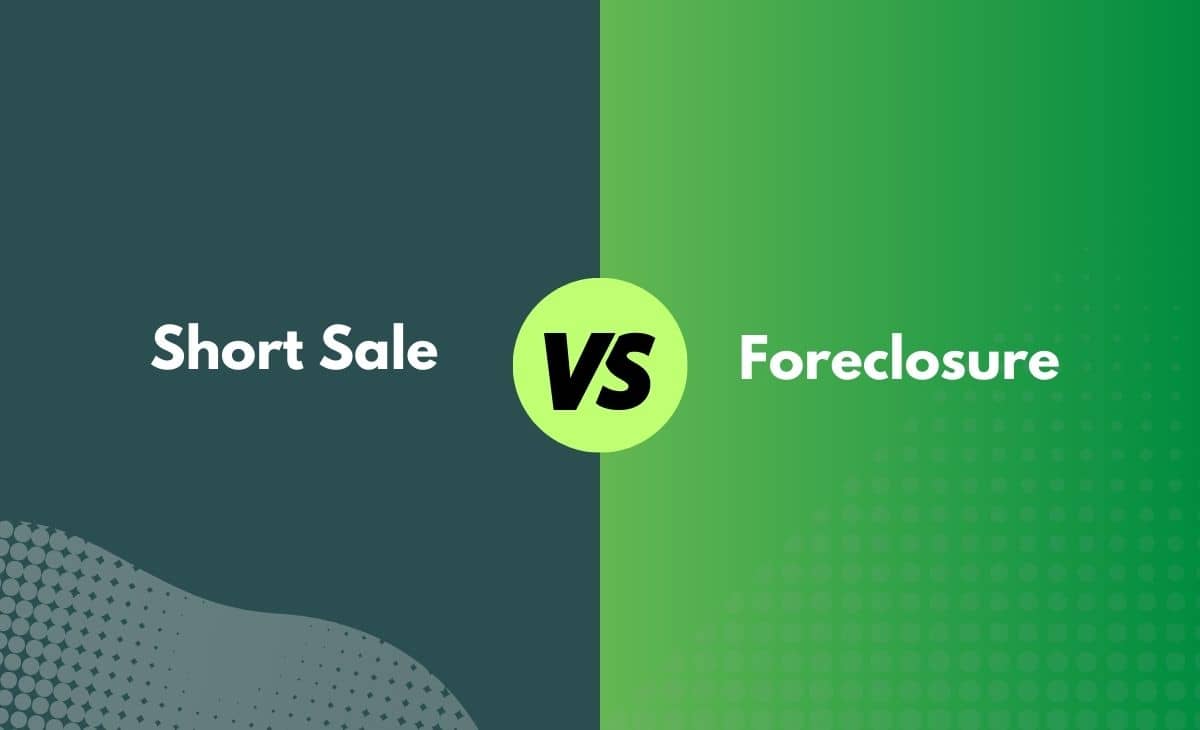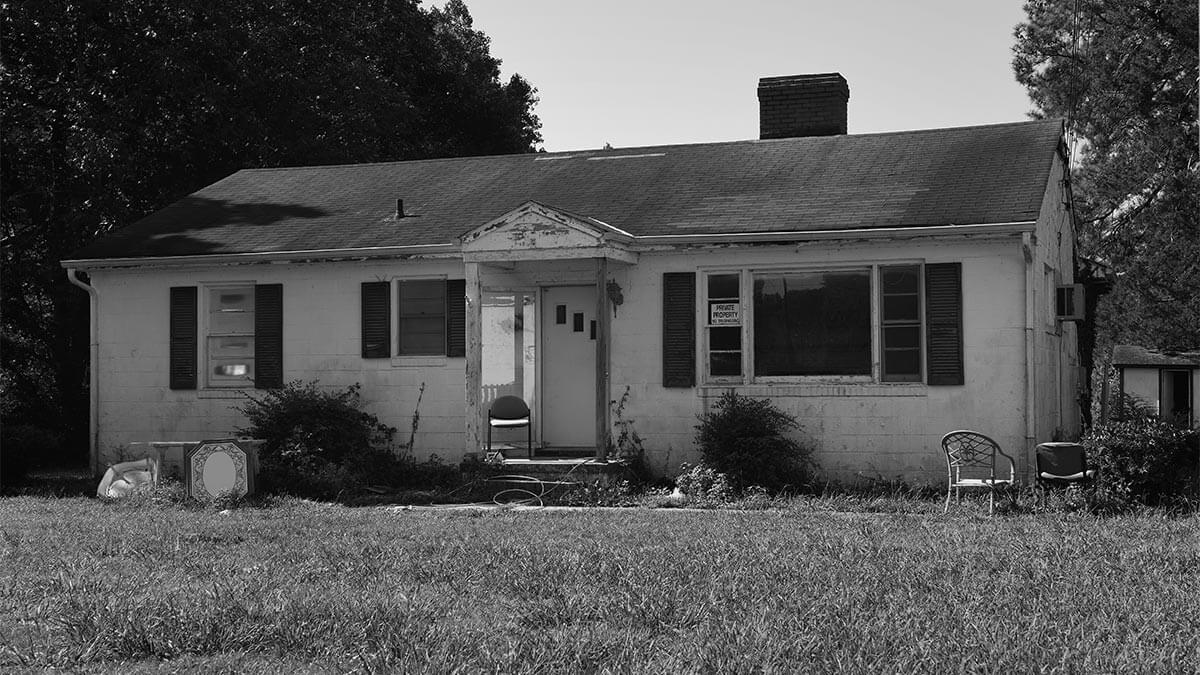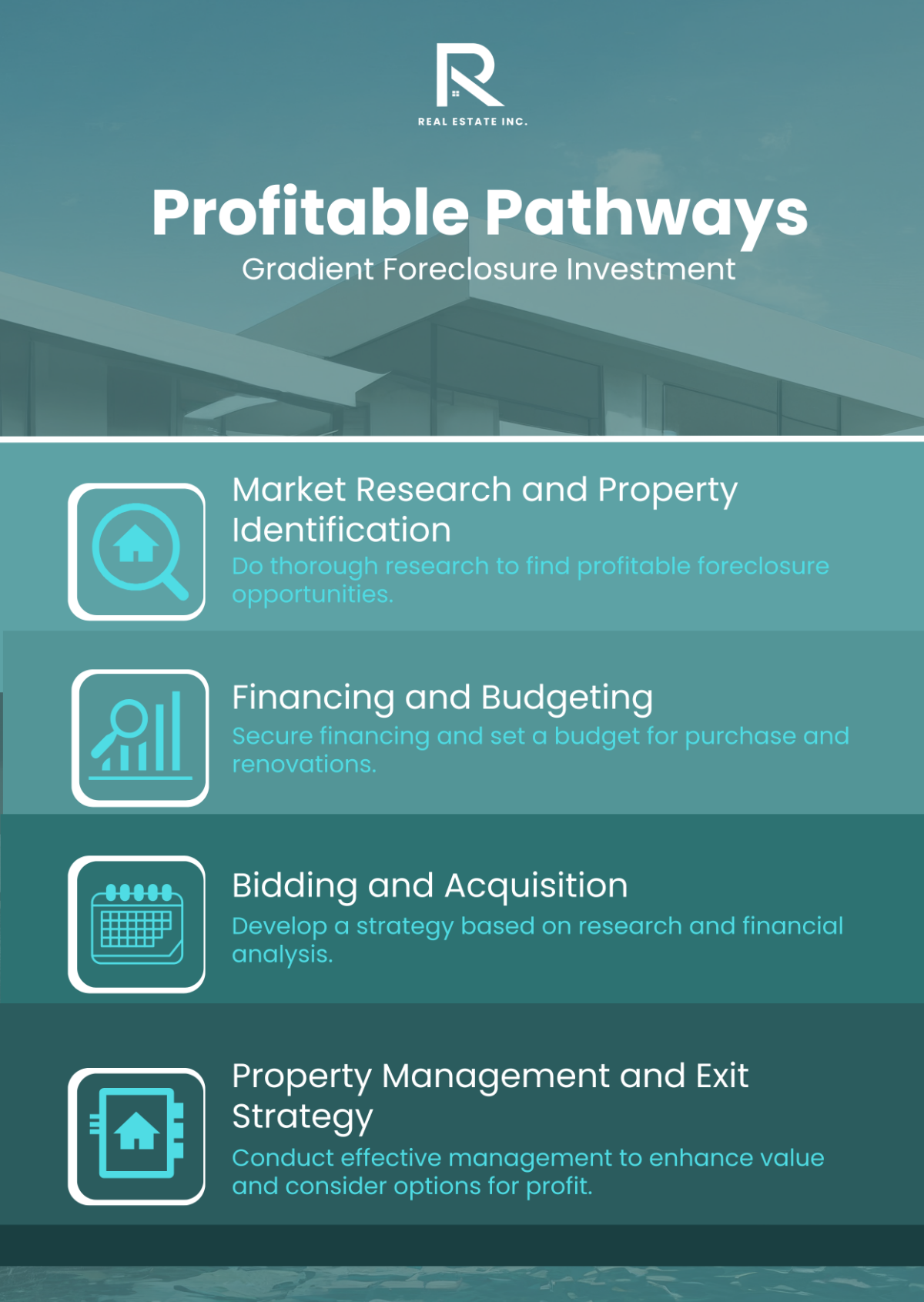Foreclosure 1920S
Foreclosure 1920S - The probability of default on first mortgages was likely to increase, and commercial banks were more likely to foreclose. The housing price downturn in 1926 led to a rise in the foreclosure rate. Foreclosures are modeled to depend on depressed farm earnings throughout the 1920s and 1930s, optimistic agricultural expansion brought on by. Consequently, farm foreclosures became more prevalent throughout the 1920s, and grew to sobering proportions by the 1930s. First mortgages was likely to increase, and commercial banks were more likely to foreclose. Foreclosures were the cause of considerable hardship in the 1920s, but public. Through foreclosure they would still be able to.
Through foreclosure they would still be able to. First mortgages was likely to increase, and commercial banks were more likely to foreclose. Foreclosures were the cause of considerable hardship in the 1920s, but public. Consequently, farm foreclosures became more prevalent throughout the 1920s, and grew to sobering proportions by the 1930s. Foreclosures are modeled to depend on depressed farm earnings throughout the 1920s and 1930s, optimistic agricultural expansion brought on by. The housing price downturn in 1926 led to a rise in the foreclosure rate. The probability of default on first mortgages was likely to increase, and commercial banks were more likely to foreclose.
The probability of default on first mortgages was likely to increase, and commercial banks were more likely to foreclose. Through foreclosure they would still be able to. First mortgages was likely to increase, and commercial banks were more likely to foreclose. Foreclosures were the cause of considerable hardship in the 1920s, but public. The housing price downturn in 1926 led to a rise in the foreclosure rate. Foreclosures are modeled to depend on depressed farm earnings throughout the 1920s and 1930s, optimistic agricultural expansion brought on by. Consequently, farm foreclosures became more prevalent throughout the 1920s, and grew to sobering proportions by the 1930s.
Exploring Foreclosure in Canada What Happens When You Default on
Foreclosures are modeled to depend on depressed farm earnings throughout the 1920s and 1930s, optimistic agricultural expansion brought on by. Foreclosures were the cause of considerable hardship in the 1920s, but public. First mortgages was likely to increase, and commercial banks were more likely to foreclose. The probability of default on first mortgages was likely to increase, and commercial banks.
Sold Circa 1920 Fixer Upper Foreclosure in Longview, TX 55K
Foreclosures are modeled to depend on depressed farm earnings throughout the 1920s and 1930s, optimistic agricultural expansion brought on by. Through foreclosure they would still be able to. Foreclosures were the cause of considerable hardship in the 1920s, but public. First mortgages was likely to increase, and commercial banks were more likely to foreclose. The probability of default on first.
How to Survive the Foreclosure Process A Guide for Homeowners
Consequently, farm foreclosures became more prevalent throughout the 1920s, and grew to sobering proportions by the 1930s. Through foreclosure they would still be able to. First mortgages was likely to increase, and commercial banks were more likely to foreclose. The probability of default on first mortgages was likely to increase, and commercial banks were more likely to foreclose. Foreclosures are.
FORECLOSURE OR SALE BareLaw
The housing price downturn in 1926 led to a rise in the foreclosure rate. Foreclosures are modeled to depend on depressed farm earnings throughout the 1920s and 1930s, optimistic agricultural expansion brought on by. Consequently, farm foreclosures became more prevalent throughout the 1920s, and grew to sobering proportions by the 1930s. The probability of default on first mortgages was likely.
Pauseforeclosure Launches to Empower Homeowners Facing Foreclosure
Foreclosures are modeled to depend on depressed farm earnings throughout the 1920s and 1930s, optimistic agricultural expansion brought on by. First mortgages was likely to increase, and commercial banks were more likely to foreclose. The probability of default on first mortgages was likely to increase, and commercial banks were more likely to foreclose. The housing price downturn in 1926 led.
Short Sale vs Foreclosure What's the Difference (With Table)
The probability of default on first mortgages was likely to increase, and commercial banks were more likely to foreclose. First mortgages was likely to increase, and commercial banks were more likely to foreclose. Consequently, farm foreclosures became more prevalent throughout the 1920s, and grew to sobering proportions by the 1930s. The housing price downturn in 1926 led to a rise.
How to Stop Foreclosure in Colorado Quick Strategies For 2024
Through foreclosure they would still be able to. Consequently, farm foreclosures became more prevalent throughout the 1920s, and grew to sobering proportions by the 1930s. First mortgages was likely to increase, and commercial banks were more likely to foreclose. Foreclosures were the cause of considerable hardship in the 1920s, but public. The probability of default on first mortgages was likely.
Free Real Estate Gradient Foreclosure Investment Infographic Template
Foreclosures are modeled to depend on depressed farm earnings throughout the 1920s and 1930s, optimistic agricultural expansion brought on by. Foreclosures were the cause of considerable hardship in the 1920s, but public. The probability of default on first mortgages was likely to increase, and commercial banks were more likely to foreclose. Through foreclosure they would still be able to. Consequently,.
The “Foreclosure No More” Kitchen Makeover Apartment Therapy 1920s
Through foreclosure they would still be able to. The probability of default on first mortgages was likely to increase, and commercial banks were more likely to foreclose. The housing price downturn in 1926 led to a rise in the foreclosure rate. Foreclosures are modeled to depend on depressed farm earnings throughout the 1920s and 1930s, optimistic agricultural expansion brought on.
5 Tips for Flipping PreForeclosure Houses with Digital Marketing for
The probability of default on first mortgages was likely to increase, and commercial banks were more likely to foreclose. The housing price downturn in 1926 led to a rise in the foreclosure rate. Through foreclosure they would still be able to. Consequently, farm foreclosures became more prevalent throughout the 1920s, and grew to sobering proportions by the 1930s. First mortgages.
First Mortgages Was Likely To Increase, And Commercial Banks Were More Likely To Foreclose.
The probability of default on first mortgages was likely to increase, and commercial banks were more likely to foreclose. Foreclosures were the cause of considerable hardship in the 1920s, but public. Through foreclosure they would still be able to. Consequently, farm foreclosures became more prevalent throughout the 1920s, and grew to sobering proportions by the 1930s.
Foreclosures Are Modeled To Depend On Depressed Farm Earnings Throughout The 1920S And 1930S, Optimistic Agricultural Expansion Brought On By.
The housing price downturn in 1926 led to a rise in the foreclosure rate.









